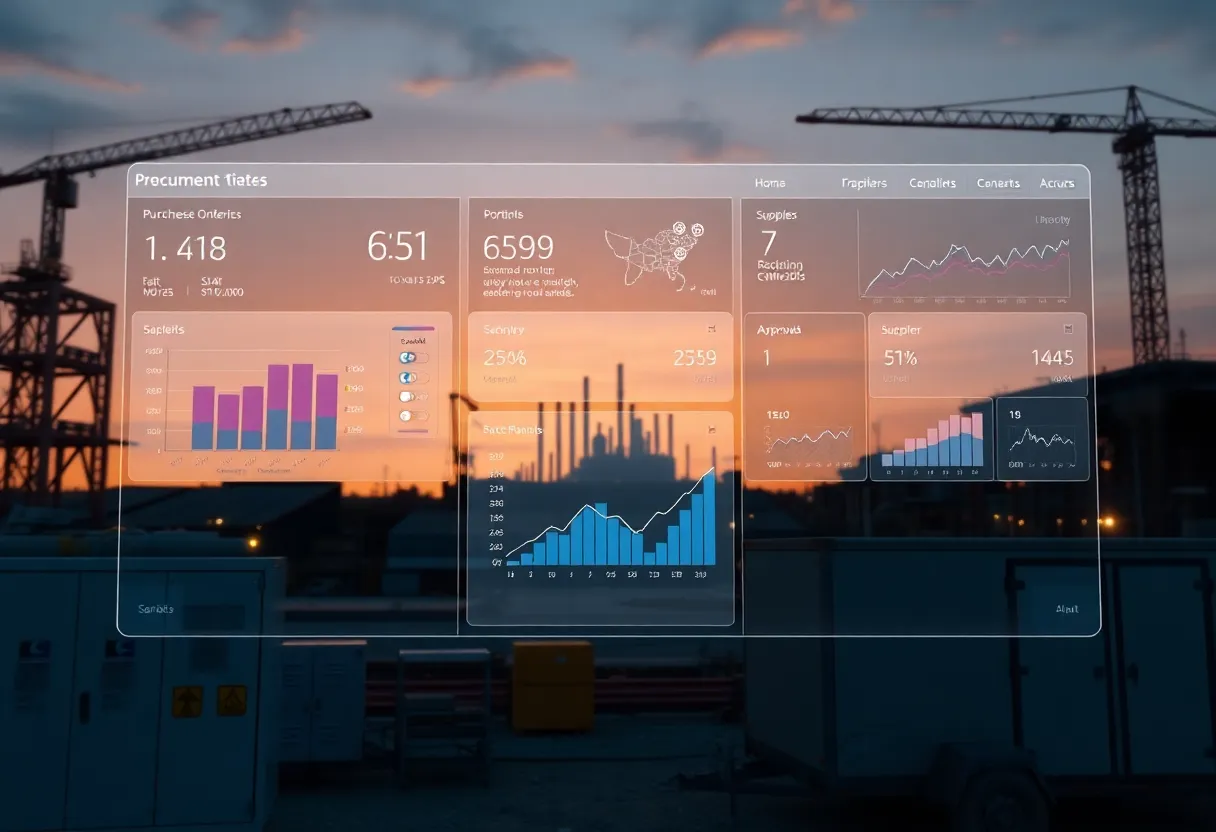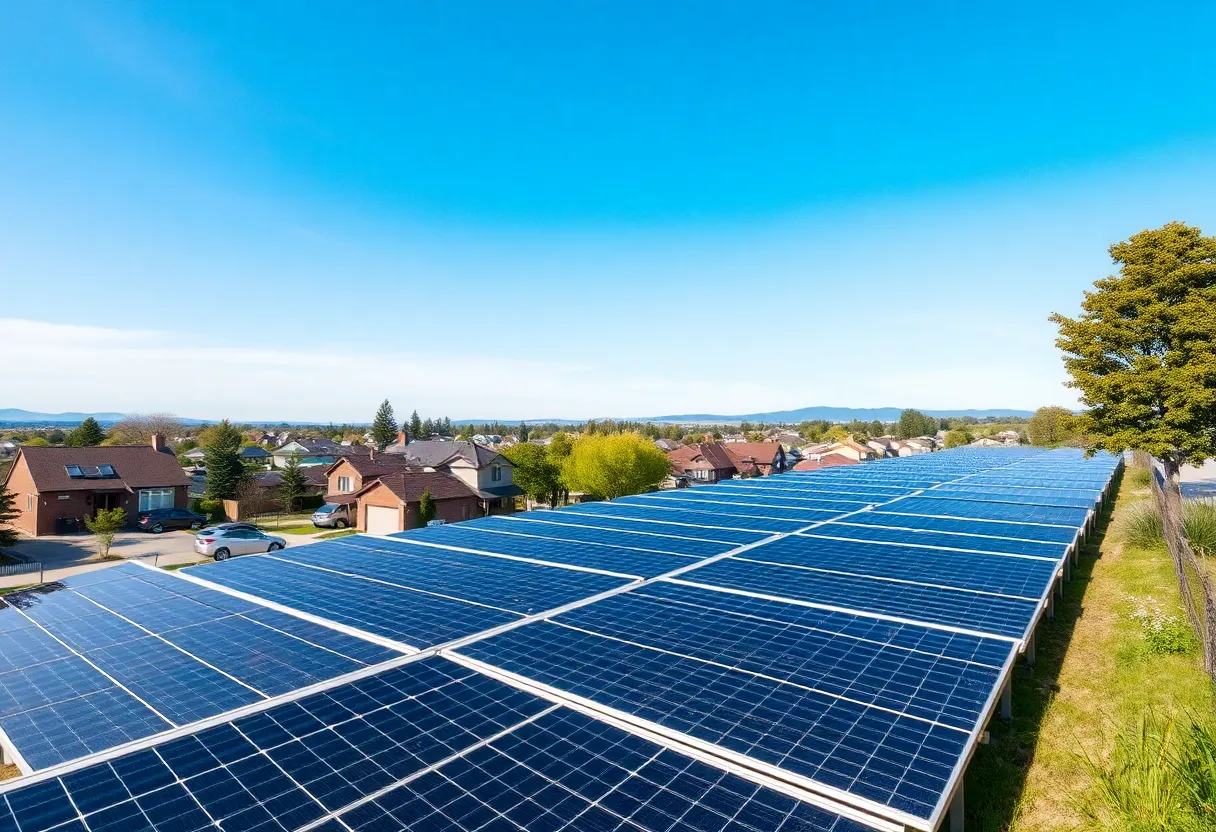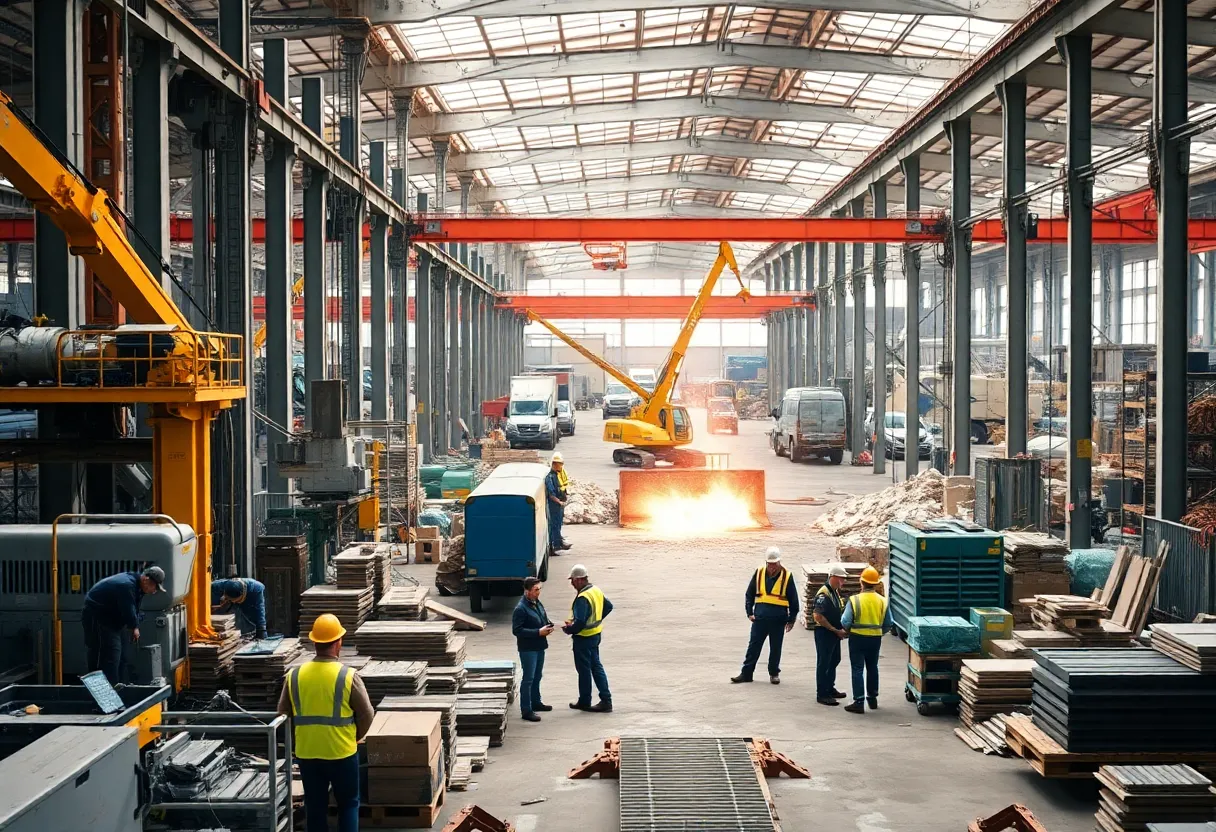Alberta, Canada, September 3, 2025
News Summary
Construction and industrial operators are increasingly adopting procurement automation to tackle skilled labor shortages, volatile material pricing and supply‑chain disruptions. Companies are replacing spreadsheets and ad hoc processes with connected procurement systems that centralize spend data, speed invoice reconciliation and improve supplier management. Large industrial builds are pairing automation design with procurement strategies to lower risk and standardize repeatable modules, while oilfield and MRO markets embrace specialized RFx and PO tools to shorten sourcing cycles. Successful adoption requires process redesign, talent development and ecosystem integration to shift procurement from transactional work to strategic category management.
Procurement automation rising as a strategic response to labor, inflation and supply-chain pressures in construction
In today’s construction landscape, labor shortages, inflationary pressures and disrupted supply chains are reshaping how projects are planned and executed. Market observers note that sweeping tariff implications, ongoing logistics disruptions and persistent workforce gaps have spurred a wave of innovation across the sector. The industry’s size and complexity are driving contractors to reimagine procurement as a core operational lever rather than a back‑office task.
Market context and pressures
The global Engineering, Procurement, and Construction (EPC) market is large and dynamic, with forecasts suggesting it could approach $974.4 billion by 2025. The magnitude of the EPC market creates opportunities for companies that deploy modern procurement solutions to gain competitive advantages. Yet many projects still rely on manual methods—spreadsheets, phone calls and handwritten notes—that historically served the industry but now struggle to keep pace with market complexity.
Construction procurement software has emerged as a faster-growing segment, with a market value of about $851.3 million in 2023 and a projected CAGR exceeding 8.5% through 2032. Growth in procurement software is nearly three times faster than the broader EPC market, underscoring a shift toward digital visibility and proactive spend management. Without real‑time visibility into spending, procurement decisions often become reactive, heightening risk as markets shift underfoot.
Surveys and industry research highlight systematic inefficiencies that automation aims to address. A Deloitte survey found that 89% of procurement teams experience higher errors and inefficiencies due to manual vendor management, with roughly 47% of procurement errors traced to manual data entry. The Hackett Group’s 2024 study identified cost reductions as the top focus for procurement leaders, while analyses from McKinsey associate that up to one‑third of project delays are tied to procurement issues such as late deliveries or miscoordination. The KPMG Global Construction Survey similarly notes revenue losses of 5–7% per project from late orders and volatile pricing.
Fragmentation in information sources and slow invoice reconciliations further complicate operations. Procurement teams often spend substantial time gathering quotes from disparate sources and relying on outdated data, while lack of centralized information slows everything from invoice matching to payment processing. These bottlenecks not only raise costs but also threaten project timelines.
Benefits and capabilities of procurement automation
Automation can reduce errors, streamline workflows and create a foundation of reliable data. By consolidating procurement activities into a single connected system, organizations gain live access to material pricing, real‑time order tracking and supplier performance metrics. This visibility enables more proactive decision‑making and closer alignment between procurement, finance and operations.
Key capabilities include automated vendor management that speeds up supplier communications and payments, centralized spend analysis to reveal pattern‑driven insights for future projects, and standardized templates and templates to accelerate bidding and procurement cycles. Real‑time data allows teams to anticipate budget shortfalls before they impact schedules, while automated workflows improve compliance and reduce administrative overhead.
Experts emphasize that digital transformation in procurement goes beyond adopting a single tool. The most effective strategies rethink how procurement integrates with the broader project ecosystem, leveraging automation alongside data analytics and, increasingly, artificial intelligence to support smarter supplier selection and risk management.
Notable players and pathways to implementation
Certain industry moves illustrate how automation is taking shape in practice. A platform provider is advancing an approach that digitizes existing procurement processes and reframes procurement as a strategic advantage amid volatility. In another high‑profile collaboration, an automation partner is engaged on a major petrochemical project to support decarbonization goals through energy efficiency, process automation and digital tools designed to optimize operations. The collaboration also contemplates expanding control system architectures with additional channels and I/O capacity to handle future site expansions, while integrating design‑once, build‑many methodologies to reduce risk and cost.
Beyond project‑specific efforts, suppliers and platforms focused on oilfield and energy services procurement are promoting tools intended to shorten bid cycles, improve price protection and maintain auditable spend records. Features highlighted include bid templates, a vetted supplier directory, side‑by‑side bid comparisons and a single application to manage bids, supplier communications and contract terms. Other offerings emphasize invoice automation, spend analytics and open order management to improve visibility and control across the procurement lifecycle.
Expert perspectives and strategic outlook
Analysts contend that procurement leadership has become more influential across organizations, expanding from transactional tasks to strategic sourcing and category management. The next decade is expected to bring three fundamental shifts: greater automation and gen AI use in transactional work, a more strategic, global view of procurement categories, and increased self‑service capability for internal functions. In a climate of caution around inflation and geopolitical risk, buyers are increasingly considering alternative suppliers with lower risk profiles and friendshoring strategies to stabilize supply chains.
As governments and industry bodies push for greater decarbonization, procurement departments are positioned to support emissions reductions through supply‑chain decisions and cost‑saving measures that do not compromise performance. Across sectors, smarter procurement is seen as a meaningful lever in meeting regulatory requirements while maintaining project profitability.
What this means for construction projects
For construction firms, the shift toward procurement automation means pursuing a more resilient, data‑driven operating model. Firms that adopt centralized procurement platforms gain real‑time visibility into pricing, supplier performance and project spend, enabling faster, more accurate decision‑making. By reducing administrative burden, teams can redirect expertise toward strategic supplier partnerships, risk management and value creation across projects.
Conclusion
As labor markets tighten, prices fluctuate and supply chains face ongoing disruption, procurement automation is increasingly positioned as a strategic instrument for construction companies seeking to protect margins and schedule integrity. The convergence of digital procurement tools, data‑driven insights and coordinated supplier ecosystems creates opportunities for improved efficiency, compliance and performance across the project lifecycle.
FAQ
What is procurement automation in construction?
The use of software and digital processes to manage procurement activities—such as supplier selection, bidding, purchasing, invoicing and spend analysis—with real‑time data, standardized workflows and automated communications to reduce errors and cycle times.
Why is procurement automation becoming essential now?
Labor shortages, inflation and supply‑chain disruptions are increasing project risk. Automation provides real‑time visibility, faster bidding, better supplier management and cost control, helping projects stay on schedule and within budget.
What typical inefficiencies does automation address?
Manual data entry, fragmented supplier information, slow invoice reconciliation and late ordering that lead to errors, delays and higher costs. Automation consolidates data and processes for faster, more accurate outcomes.
What kinds of benefits can firms expect from automation?
Improved data quality, real‑time pricing access, proactive budget management, stronger supplier relationships, faster bid cycles and better alignment between procurement, finance and operations.
What is an Leveraged Procurement Agreement (LPA) and how does it relate to automation?
An LPA is a procurement framework designed to streamline and standardize purchasing for large, complex projects. When paired with automation, it helps scale standardized, efficient procurement processes across multiple sites and assets.
How does real‑time data influence decision making?
Real‑time data allows teams to anticipate shortages, adjust plans promptly and optimize budgets, reducing risk to timelines and profitability.
| Feature | Description |
|---|---|
| Centralized procurement platform | Consolidates supplier data, bids, orders and invoices into a single system for better visibility and control. |
| Real‑time pricing and visibility | Live access to material pricing, order status and supplier performance to support proactive decisions. |
| Automated vendor management | Streamlines onboarding, communications and payments, improving supplier relations and cycle times. |
| Spend analytics and risk management | Patterns and trends identified to inform future project planning and risk controls. |
| Audit trails and compliance | Track bid histories, terms and conditions with transparent records to support governance. |
| Integration with finance and operations | Seamless data exchange across departments to align budgeting, scheduling and procurement goals. |
| Automation of repetitive tasks | Shifts human focus toward strategic decisions by handling routine activities automatically. |
| Digital templates and standardized processes | Facilitates faster bidding and uniform procurement execution across sites and projects. |
Deeper Dive: News & Info About This Topic
Additional Resources
- ABB: Signs agreement with Dow to support Path2Zero ethylene complex
- Wikipedia: Ethylene
- Enverus: RFx product for oil & gas procurement
- Google Search: Enverus RFx
- Bain: Ready, set, go — AI is poised to automate procurement
- Google Scholar: AI procurement automation Bain
- McKinsey: Procurement 2025 — reimagining the function for success
- Encyclopedia Britannica: procurement
- BusinessWire: CAM Integrated Solutions expands operations with new North Carolina division
- Google News: CAM Integrated Solutions expansion





